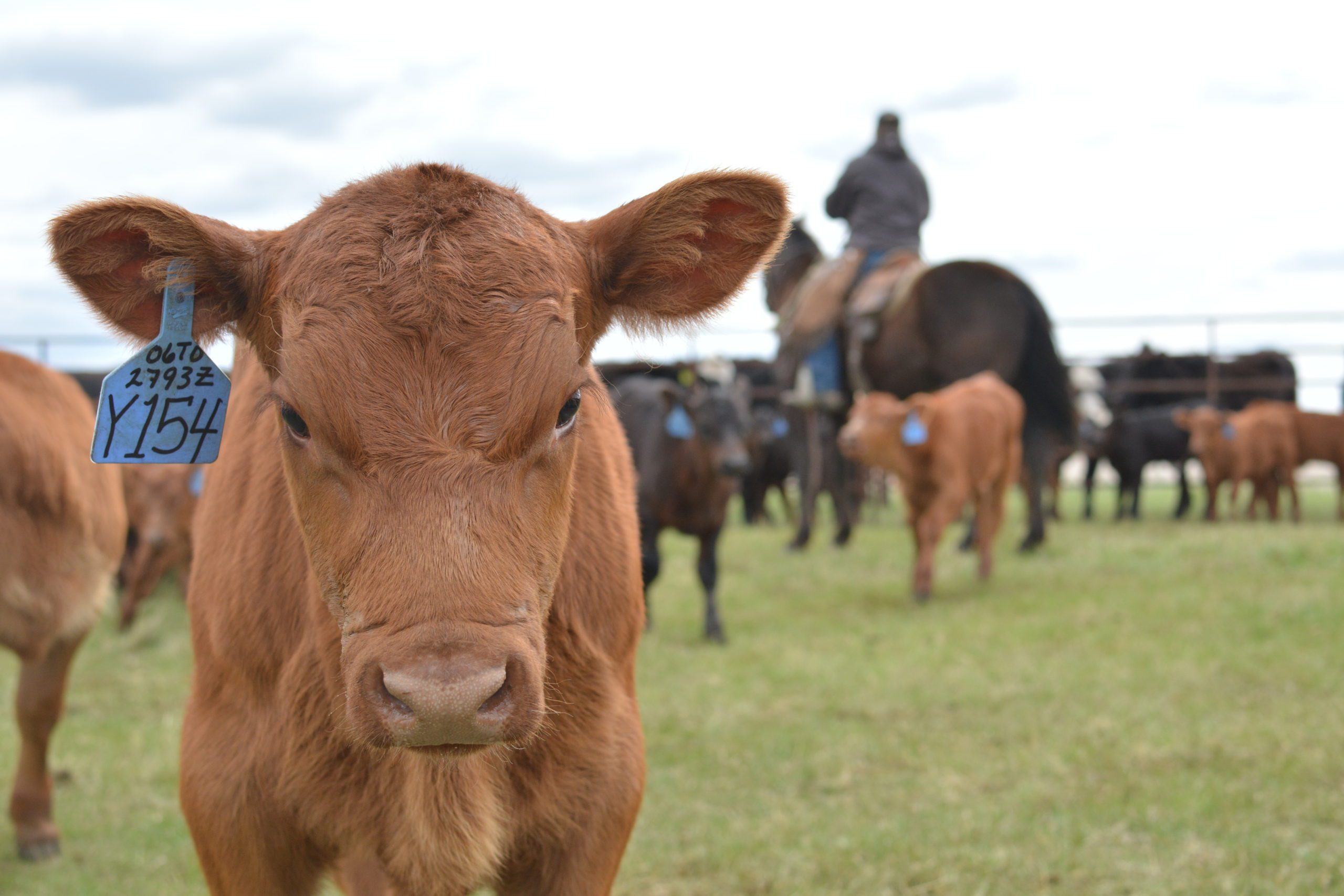
Calves seem resilient when it comes to things like tagging and branding. They look fine when you turn them back in with the herd. They may seem a little “off” for the first day or two, but for the most part the majority will go back to nursing and carrying on. So why do some calves not perform as well as they could following branding? Stress. And those five letters can spell a world of hurt for some cattlemen when it comes time to sell their calves at market.
What does branding stress do to a calf?
Obviously, when a calf is separated from its mother, it’s not going to be happy. In addition to the emotional upset of the separation, there are physiological processes that take place, building an impending storm if steps aren’t taken to interrupt the progression.
When calves (or any type of animals) are placed under unusual amounts of stress, their bodies respond by releasing large amounts of cortisol. In normal amounts, cortisol is actually beneficial – it helps regulate the metabolism and modulate the immune system. However, as with most good things, too much can become a problem.
As the cortisol circulates it signals to the brain to arrest the appetite. It also tells the immune system to take a break, suppressing its ability to recognize and fight pathogens. Once a calf loses its appetite, the trouble begins.
Calves are born with stomachs that slowly develop into rumens. Their stomachs have a relatively small capacity, requiring regular nursing to ensure they’re receiving enough nourishment. Between the meals lost during branding, and then the (often) consequent inappetence, a calf’s rumen can turn acidic, disturbing the balance of beneficial microbes in the gut.
Scours is all too common during branding; clostridial scours is perhaps the biggest culprit, as it takes advantage of the over-consumption of milk when the calf is reintroduced to the cow. Usually, the scours itself isn’t so much a problem as the dehydration that can occur with diarrhea.
Unfortunately, given their relatively small size and the amount of energy required by a younger animal, calves that experience branding stress will be at a disadvantage if they don’t start nursing again right after being returned to their mothers.
Lessening the impact
While stress cannot be completely eliminated during branding time, there is a number of things that can be done to help minimize it.
- Practice proper handling techniques. Cattle are prey creatures and their first instinct is to flee. Rough or excessive handling can cause unnecessary stress for a calf, so minimize handling and follow best practices to reduce physical and mental trauma.
- Limit time calves are separated from their mothers. Work with smaller groups, if necessary, to ensure calves are not away from their mothers for any longer than necessary.
- Consider castration at tagging time. A newborn calf will have a less developed circulatory and nerve network in the scrotum and testicles and will bounce back more quickly from castration than a calf that is a few months old.
- To protect the GI system, administer a buffering agent to help prevent scours and acidosis. This will also keep the microbial populations from being damaged by exposure to a lower pH.
- Only give vaccines if calves are healthy. Vaccinating an animal with a compromised immune system is like pouring money down the drain – it won’t stimulate the immune system properly.
Stress and the bottom line
Poorly managed branding stress creates millions of dollars in lost revenue for cattle producers every year. It can have far-reaching effects that could follow calves throughout their lifetimes. Calves that resume normal nursing immediately after branding are likely to perform at a much higher level than those that struggle post-branding.
